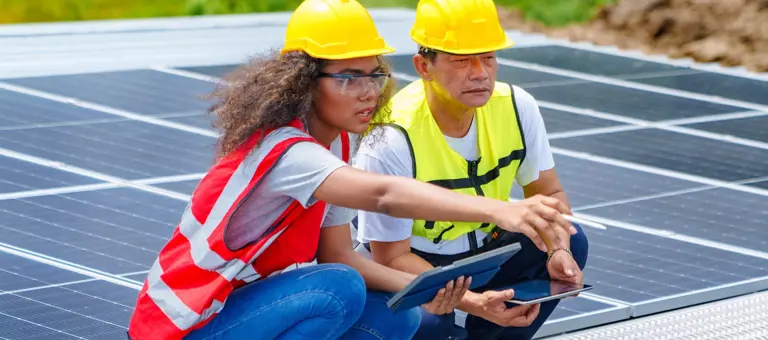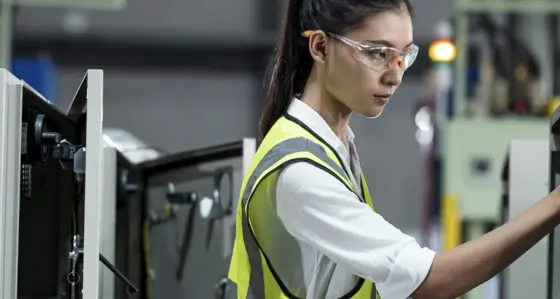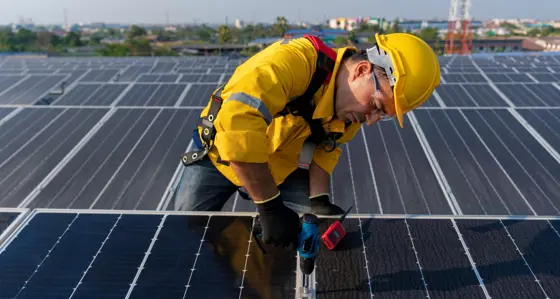
Bridging the gap: towards a zero-carbon power grid in Ireland
5 July 2022
In this study we have sought to quantify the impact on cumulative power sector emissions brought by the deployment rate of renewables, as well as to test the limit of achievability for the unfolding decade ahead under current policy.
Key findings – what have we learned?
- The total cumulative CO2 emissions from the Irish power sector out to 2030 are sensitive to the Pathway taken to get there.
- In Pathways that meet Ireland’s 2030 targets, our analysis shows that cumulative power sector emissions can be reduced by 4 million tonnes of CO2 by the rapid delivery of renewables following RESS auctions compared to a delayed delivery of the same capacity.
- In an ambitious Pathway that exceeds many of Ireland’s 2030 targets, with rapid delivery of renewable capacity and investment in enabling technologies, our analysis shows that 66 million tonnes of CO2 are emitted from the power sector in the decade between 2021 and 2030, including 6 million tonnes resulting from transmission constraints.
- This Pathway represents a saving of at least 6 million tonnes of CO2 compared to a Baseline of EirGrid’s Shaping our Electricity Future Roadmap. However, it still substantially exceeds an indicative sectoral carbon budget of 55 million tonnes of CO2.
- Achieving a carbon budget of 66 million tonnes of CO2 in the power sector requires the build of onshore wind and solar PV capacity as early in the decade as possible and proactive investment in enabling technologies, including:
Sources of system flexibility to manage renewable oversupply, such as interconnection, demand-side response, and energy storage technologies;
Provision of zero-carbon system services from battery assets and synchronous condensers, to unwind DS3 limits and moderate renewable curtailment; and
The continued development of the transmission network including all projects identified in the Shaping Roadmap, and further upgrades to circuits throughout Ireland. The rapid deployment of renewables also requires the strategic deployment of constraint management solutions, such as dynamic line rating, power flow control, and dedicated energy storage assets, to address renewable constraint due to transmission limits.
Use of carbon intensive fossil fuels including coal and peat in the first half of the decade ‘locks in’ substantial emissions, and puts pressure on carbon budgets. Our analysis suggests that 66 million tonnes of CO2 between 2021 and 2030 represents the minimum achievable for the Irish power sector under current policies; major and fast interventions are required to move the dial past this figure, including solutions to phase out the usage of these carbon intensive fuels, and an acceleration of renewables and enabling technologies above and beyond existing policy.
Watch Mark Turner provide an overview of our study
Watch Mark Turner present the findings of this study at a Wind Energy Ireland webinar
For more information on the contents of the report or how Baringa can help your organisation, please contact the report authors Mark Turner and Alec Granville-Willett.
Related Insights

Good for your pocket: How renewable energy helps Irish electricity consumers
€840 million has been saved on the power bills of Irish consumers thanks to renewables, read this report to find out more.
Read more
Irish decarbonisation and end consumer benefits of Grid-Interactive UPS
A study on the role that data centres can play towards power sector decarbonisation in Ireland using Grid-Interactive UPS, a backup power supply technology.
Read more
Game changer: how energy storage is the key to a secure, sustainable, clean energy future in Ireland
The benefits of deploying energy storage in Ireland and Northern Ireland, beyond the provision of zero-carbon system services by battery technologies.
Read more
Endgame: a zero-carbon electricity plan for Ireland
In this study, we updated our analysis behind 70 by 30, and first explored the merits of reaching 80% renewable electricity by 2030.
Read moreIs digital and AI delivering what your business needs?
Digital and AI can solve your toughest challenges and elevate your business performance. But success isn’t always straightforward. Where can you unlock opportunity? And what does it take to set the foundation for lasting success?